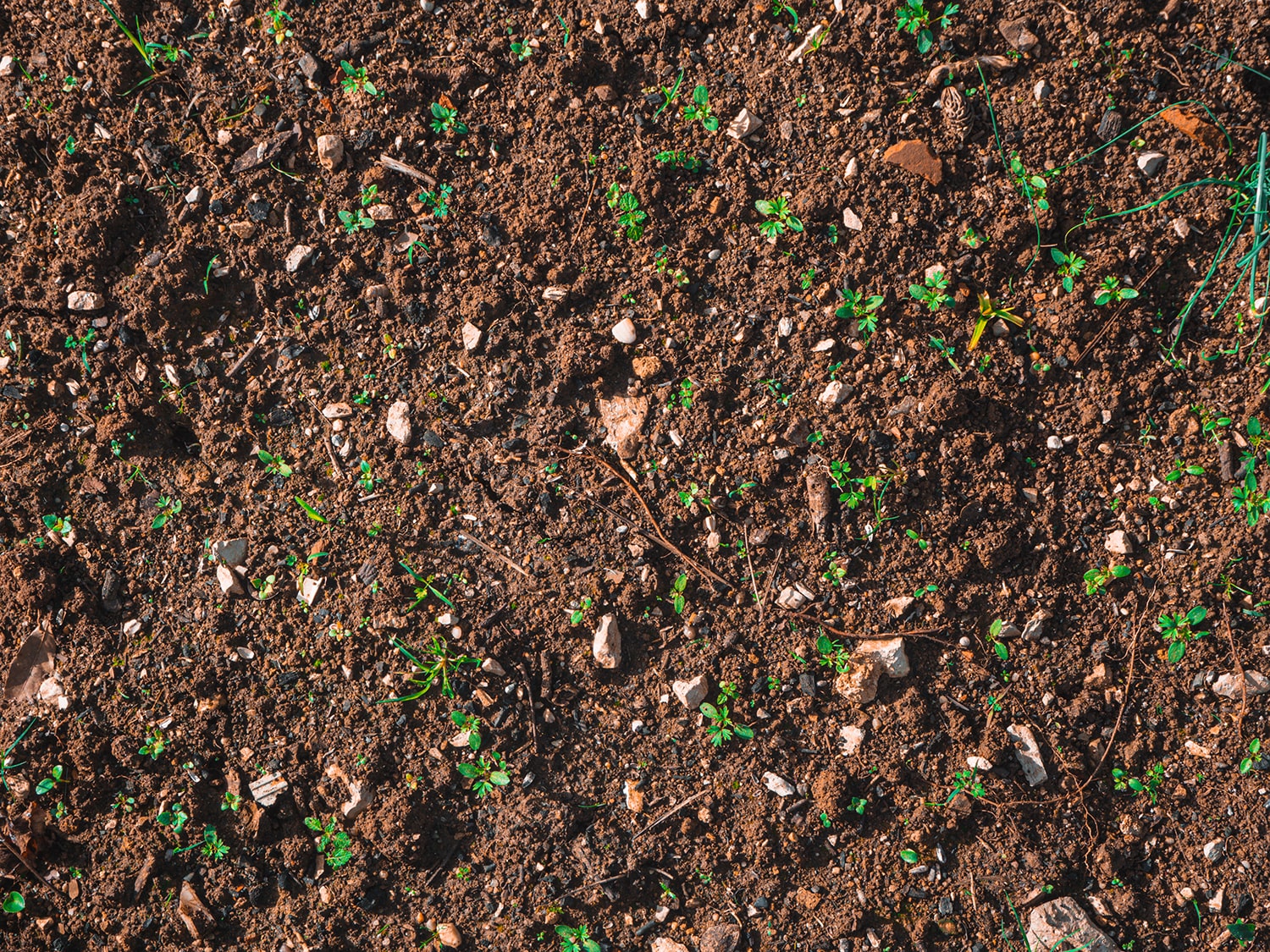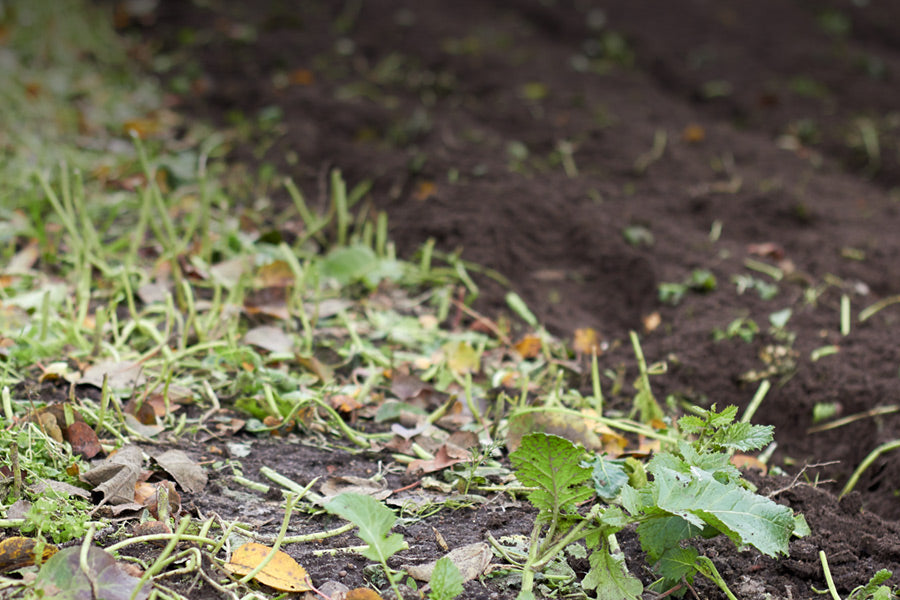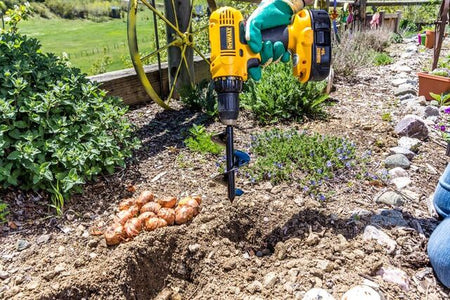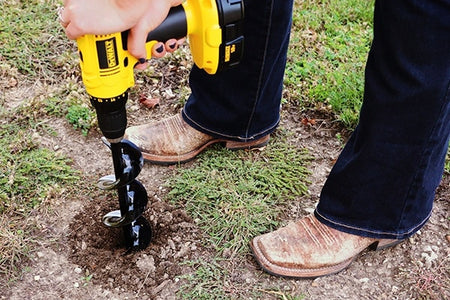Gardeners may have a wide array of opinions on garden tilling — including when and how to till. But they all agree on the many benefits of tilling. This process of breaking up and turning over soil prepares your new garden for planting, helping protect your beds against weeds and pests that can damage your plants. Garden tilling also supplies nutrients to your plants, enriches your soil, and allows better root-to-soil contact, so your plants grow more quickly.
For beginners, tilling a garden for the first time can be daunting and strenuous without the right advice or tools. Here are three tips that can help you better understand when and how to till your garden.
1. Till in the spring or fall
Some gardeners disagree on how often you should till your garden. Some till once, twice, or even four times a year, but most believe spring tilling is non-negotiable. The season’s dry soil and warm weather reduces the likelihood of soil compaction and poor root penetration.
Fall is another perfect time to till as the soil is still fairly dry. Use this time to get ready for the upcoming planting season and mix compost, aged manure, decomposed leaves, and other soil amendments into your beds. These supplements — which provide nutrients like nitrogen, phosphorus, and carbon — enhance soil quality, improve aeration, and help plant roots thrive.

2. Use the right tools
Most gardeners use tillers or shovels to break up their beds for planting, but those tools can be particularly taxing on your back and arms. Earth augers — spiral shaped tools that drill evenly shaped holes — are much easier for garden tilling, especially for homeowners or landscapers with arthritis. A lightweight auger will be easy to manage and won’t break or bend as you till your beds.

3. Till your garden efficiently
To make garden tilling easier and more effective, try to the following steps:
- Clean up your garden. Remove weeds, stones, and any type of debris that can damage your auger and delay tilling.
- Mark the places you’d like to till. Preferably, stick to flat ground or moderate slopes as tilling on steep ground can be dangerous. You can mark these boundaries and rows with string or lumber.
- Spread compost evenly over the marked areas. The compost should be about four to five inches deep. This needs to be done before you till so the compost can mix well with the rest of your soil.
- Use your auger. Starting at one end of your marked area, till to a depth of six to 10 inches. Move slowly, taking one row at a time to keep your soil loose and well aerated. Excessive drilling and tilling can compact the soil, which can cause drainage problems.
Garden tilling is essential to preparing your garden for a lush, prosperous planting season, so you shouldn’t skip it, no matter how laborious. With these tips and a good auger, tilling a garden for the first time will be a successful experience you can be proud of.







